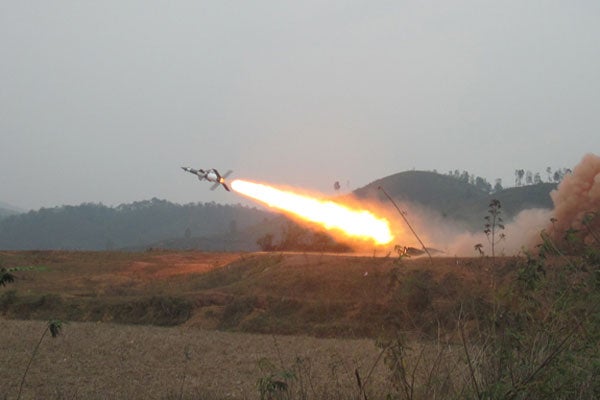
S-125-2TM, also known as Pechora-2TM, is an upgraded version of S-125 / Pechora air defence missile system (ADMS). It is aimed at destroying advanced, small-size aerial attack platforms flying at low altitudes. The ADMS can also be deployed against ground and water-surface targets that are visible to radar.
The missile system is capable of engaging targets in severe jamming environments and can operate independently or integrated into an Air Defence (AD) grouping. It is equipped with a GPS navigation system.
TETRAEDR is responsible for modernisation of the missile system. The company has been supplying upgraded S-125-2TM / Pechora-2TM missile systems to foreign customers since 2006.
TETRAEDR UE was selected in January 2007 to upgrade the baseline S-125 ADMS to S-125-2T standard for use by the Armed Forces of the Republic of Kazakhstan. The company conducted around 97 live test firings of the upgraded S-125-2TM / Pechora-2TM ADMS by 2010. Six successful test firings were completed in April 2011 while three more tests were concluded in May 2012.
The Air Defence and Air Force Service of Vietnam test-launched three Pechora-2TM missile systems at the TB-1 National Firing Range in September 2014.
The National Advanced Surface to Air Missile System (NASAMS) is a medium range, network centric air defence system designed and developed jointly by Raytheon and Kongsberg Defence & Aerospace, primarily for the Royal Norwegian Air Force (RNoAF).
Launchers and missiles used by S-125-2TM / Pechora-2TM ADMS
The medium-range S-125-2TM / Pechora-2TM missile system consists of four 5P73-2TM launchers, each carrying up to four 5V27 surface-to-air guided missiles. The launchers provide pre-launch preparation of missiles in azimuth and elevation angles.
The four surface-to-air missiles are carried by the TRV-2TM transportation and reloading vehicle which is based on the KAMAZ-43118 chassis. The 5V27 missile is equipped with high-explosive warhead.
Fire power
The ADMS can simultaneously strike up to two targets at a speed of 900m/s. The system has a maximum firing range of 35.4km and a maximum cross range of 25km. It can detect targets within the range of 100km and engage targets at altitudes ranging from 0.02km to 25km. The kill probability of the missile system is 92%.
The emplacement / displacement time of the missile system is 25 minutes. The jamming resistance against active barrage jams is 2,700W/MHz.
Radar system
The SNR-125-2TM pulse Doppler radar provides autonomous target acquisition and tracking, as well as missile guidance. It also provides firing input data and evaluates firing results. It comprises of UNV-2TM antenna post and UNK-2TM control cabin.
The two target channels and two missile channels of the radar ensure the engagement of either two targets with two missiles or a single target with two missiles.
The air defence missile system can be additionally attached with the P-18T Radar target acquisition and target designation assets.
Antenna post and control cabin
The antenna post is installed on the special UV-600-2TM automobile trailer and is equipped with command radio transmitter, radio transmitting device, antenna-waveguide system, interfacing and communication instrumentation, and radio receiving devices of the target and missile sighting channels.
The antenna post also features a mixed electro-optical system (EOS-2TM) fitted with infrared (IR) day / night channel, TV camera, and instrumentation for automatic tracking of targets and information display.
The control cabin is deployed on a 6×6 automobile chassis and includes automated work stations and high resolution colour LCD monitors for combat crew. It also houses a built-in technical control system, combat operation documenting components, functional check and training instrumentation, interfacing and communication equipment, air conditioner, and heating system.
Pechora-2TM power supply
The S-125-2TM / Pechora-2TM missile system is powered by an autonomous power supply system (APSS-2TM), which consists of two separate power supply units for antenna post and control cabin.
The APSS-UNV antenna post’s power supply system is used to drive antenna post, control cabin and four 5P73-2TM launchers. The APSS-UNK control cabin’s power supply system provides electric power supply for the control cabin during combat missions. It also supplies alternative electric power for antenna post, control cabin and one 5P73-2TM launcher.
The Global Missiles and Missile Defence Systems Market 2011-2021
This project forms part of our recent analysis and forecasts of the global missiles and missile defence systems market available from our business information platform Strategic Defence Intelligence. For more information click here or contact us: EMEA: +44 20 7936 6783; Americas: +1 415 439 4914; Asia Pacific: +61 2 9947 9709 or via email.

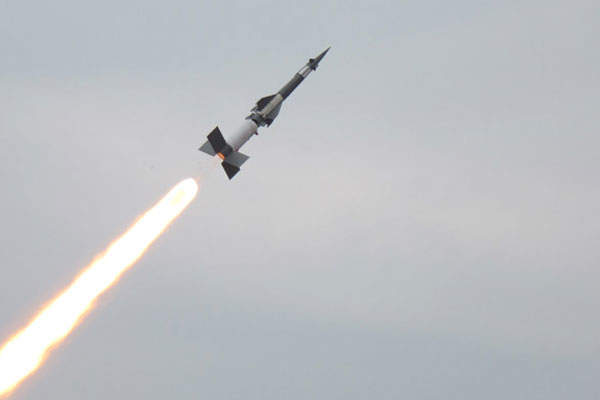
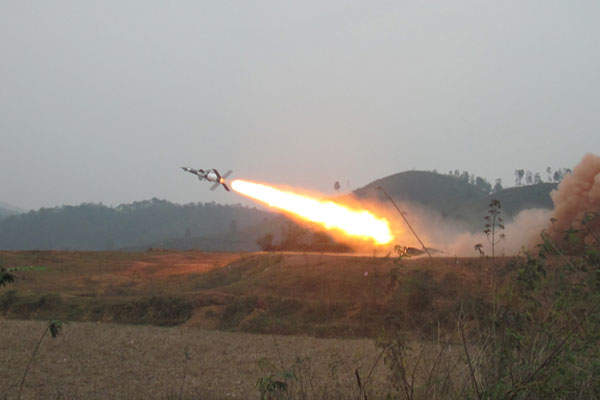
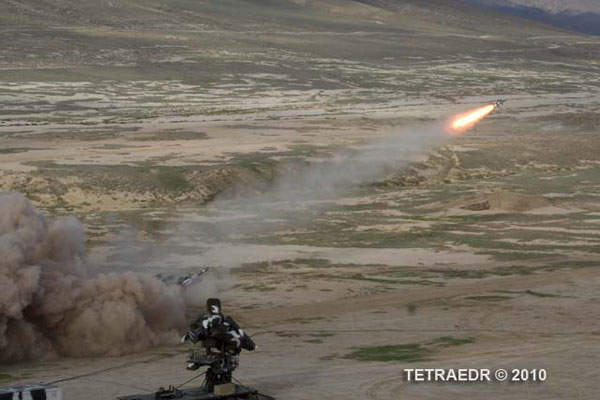
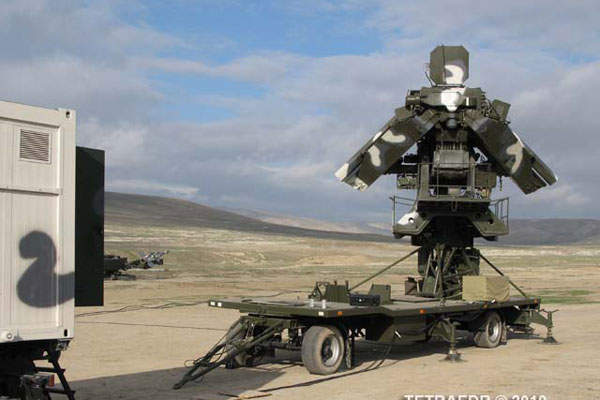


.gif)
